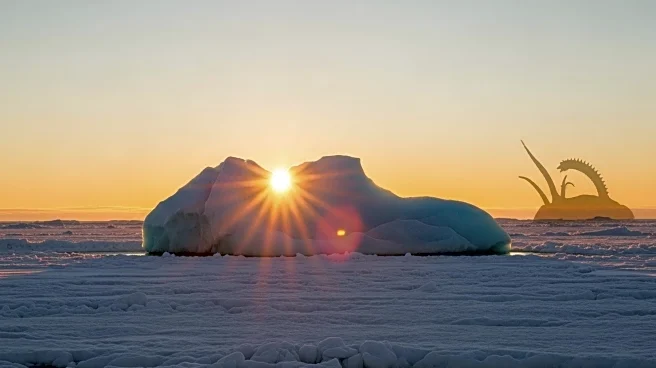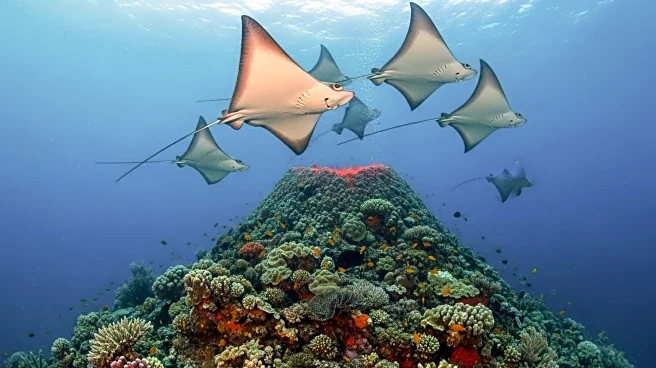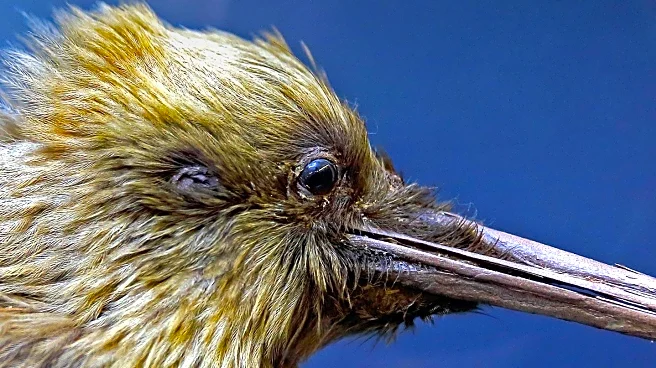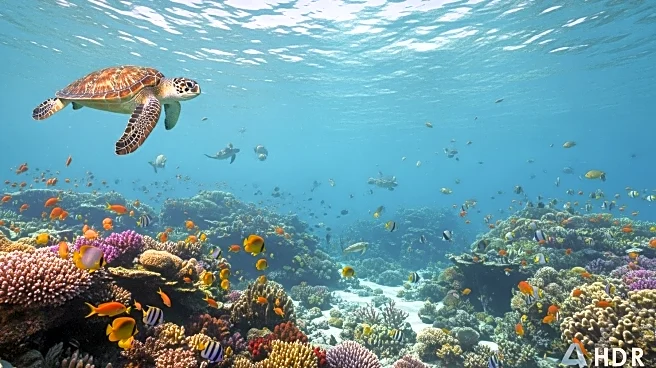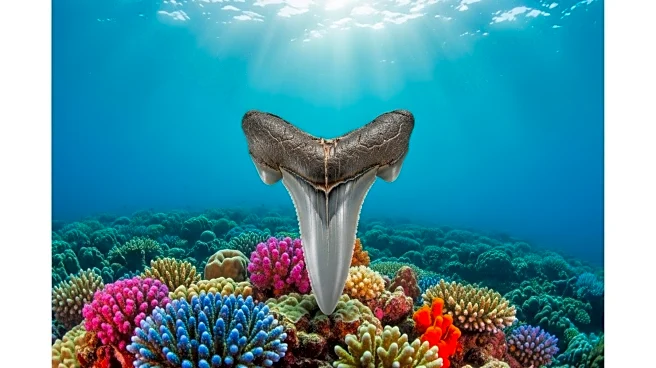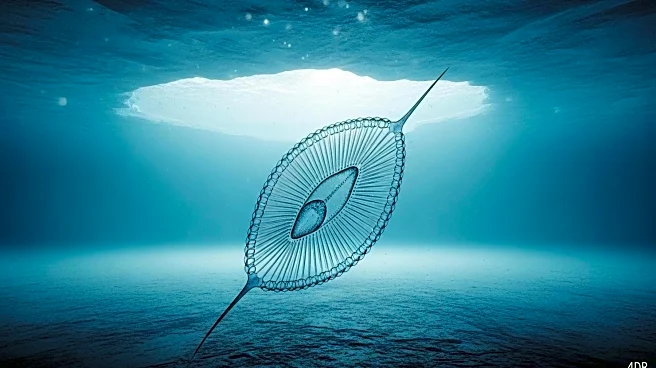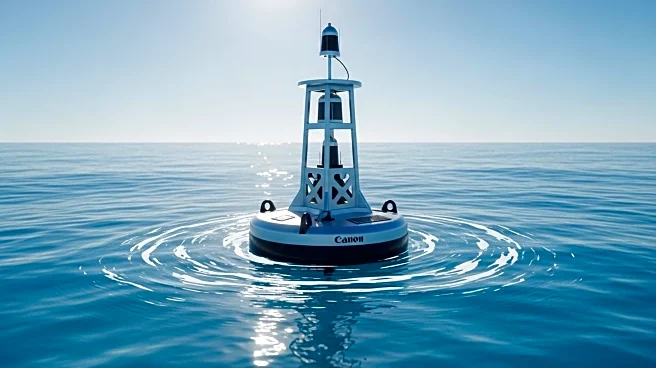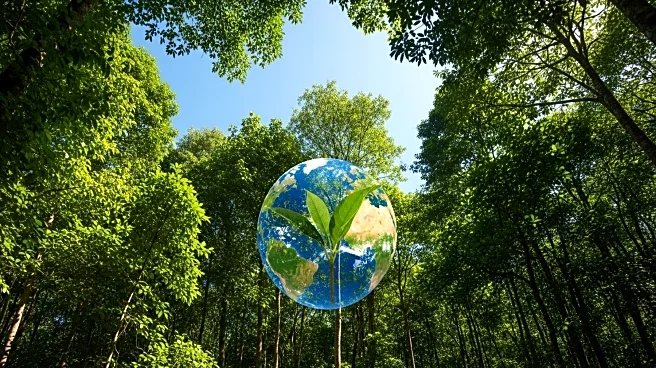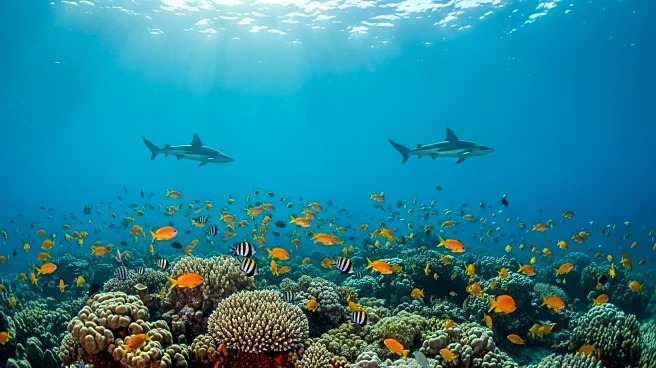What's Happening?
Scientists from the British Antarctic Survey have identified the presence of an invasive marine species, the bay barnacle (Amphibalanus improvisus), in the waters of Arctic Canada. This discovery, published in Global Change Biology, marks the first evidence of a non-native species in the region, suggesting that the Arctic's natural thermal barrier is diminishing due to climate change. The Arctic is warming nearly four times faster than the global average, which is reducing the cold water barrier that previously prevented invasive species from establishing populations. The study utilized environmental DNA (eDNA) collected from cruise ships operating on busy Arctic shipping routes to detect the presence of the barnacle. The increase in shipping traffic, which has risen by over 250% since 1990, is contributing to the ecological risks posed by invasive species.
Why It's Important?
The presence of invasive species in the Arctic could have significant ecological impacts, disrupting local ecosystems and contributing to biofouling of ships and infrastructure. The warming of Arctic waters due to climate change is facilitating the survival and establishment of these species, which could lead to long-term ecological changes. This development highlights the broader implications of climate change on global biodiversity and the need for monitoring and management strategies to mitigate these impacts. The findings underscore the importance of addressing climate change to preserve the unique ecosystems of the Arctic and prevent further ecological disruptions.
What's Next?
Researchers will continue to monitor the Arctic waters to determine whether the detected barnacle represents a transient presence or an established breeding population. This ongoing research will help inform strategies to manage and mitigate the impact of invasive species in the region. Additionally, there may be increased calls for international cooperation to address the ecological risks associated with increased shipping traffic and climate change in the Arctic.
